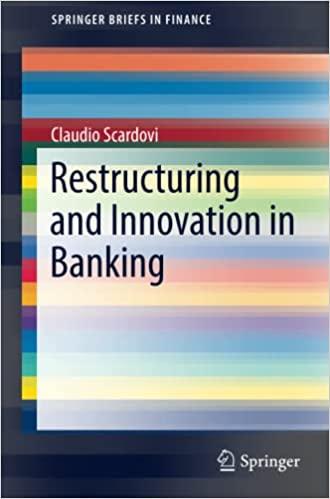Answered step by step
Verified Expert Solution
Question
1 Approved Answer
You are provided daily data for three ETFs: XLF , XOP, XLK between January 2 0 1 4 and January 2 0 2 4 .
You are provided daily data for three ETFs: XLF XOP, XLK between January and
January Your exercise is to combine their daily returns in two ways. In the first,
you average their returns, which means that your bets are equal sized in terms of
dollars. In the second method, you will combine the three so that you take equal risk
which is expressed in terms of volatility. What this means is that youll invest fewer
dollars if a series of more volatile and vice versa. This is commonly referred to as risk
parity.
Calculate the combination of returns by combining the ETFs in the two ways described
above. For the former, give the returns equal weights. For the latter, you will weight the
returns in inverse proportion to their day trailing volatility. So calculate the day
trailing window of daily returns for each instrument, and size or weight each instrument
it in inverse proportion to its day volatility. The three weights should add up to one.
Note that the returns are based on close to close prices and you are calculating the
weights at the end of each day sizing the position at the end of the day so that the
weights are applied the next day to the return. That is how you calculate your :volatilityweighted average returns for each day. The intuition is that the higher the volatility, the
lower the dollars allocated and vice versa.
Requirements:
Plot the two Equity Graphs for the equal and volweighted returns start them at
Which is better? Why?
Plot the weights of the three ETFs over time. Do they look relatively smooth to
you? When would you expect sudden changes, like we see between
and
If you feel like the challenge, calculate the worst drawdowns of the two strategies. A
drawdown is essentially a peak to trough return. Which of the two exhibits better
drawdown behavior?
Step by Step Solution
There are 3 Steps involved in it
Step: 1

Get Instant Access to Expert-Tailored Solutions
See step-by-step solutions with expert insights and AI powered tools for academic success
Step: 2

Step: 3

Ace Your Homework with AI
Get the answers you need in no time with our AI-driven, step-by-step assistance
Get Started


